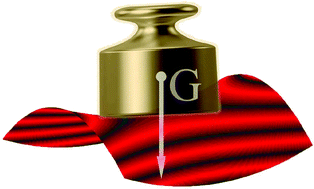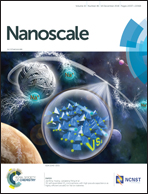Manipulating three-dimensional bending to extraordinarily stiffen two-dimensional membranes by interference colors†
Abstract
We have provided a no-touch and inexpensive technique to present the three-dimensional (3D) structure of two-dimensional (2D) films, based on the equal thickness interference fringes. In these experiments, the interference colors were obtained by an optical microscope without contact with the sample, and the 3D structures of curved 2D membranes were reconstructed by MATLAB programs in real time. The theoretical model and experimental results both showed that natural bending can improve the stiffness of 2D materials by more than 10 times. By using micro-droplets as the workbench, the 3D bending orientation and curvature of the 2D material could be manipulated and detected at the same time. The selected 3D curved shapes of cylindrical, ellipsoid and saddle surfaces can increase the bending stiffness over 10 000 times based on theoretical calculation. A saddle-shaped 3D structure (classic crisps shape) is predicted to obtain the maximum bending stiffness. Herein, a simple and practical method to comprehensively detect the basic deformation of 2D membranes is proposed, which should be promoted to explore the out-of-plane mechanical properties of 2D materials under external fields.



 Please wait while we load your content...
Please wait while we load your content...